In recent years, with the rapid development of science and technology in China, as well as people's higher pursuit of safety, environmental protection, intelligence and other aspects, we have higher requirements for monitoring and control for related operation and manufacturing processes in rail transportation, construction industry, outdoor cleaning, mineral mining and other fields. Thus, various engineering machinery are applied or installed in above fields.
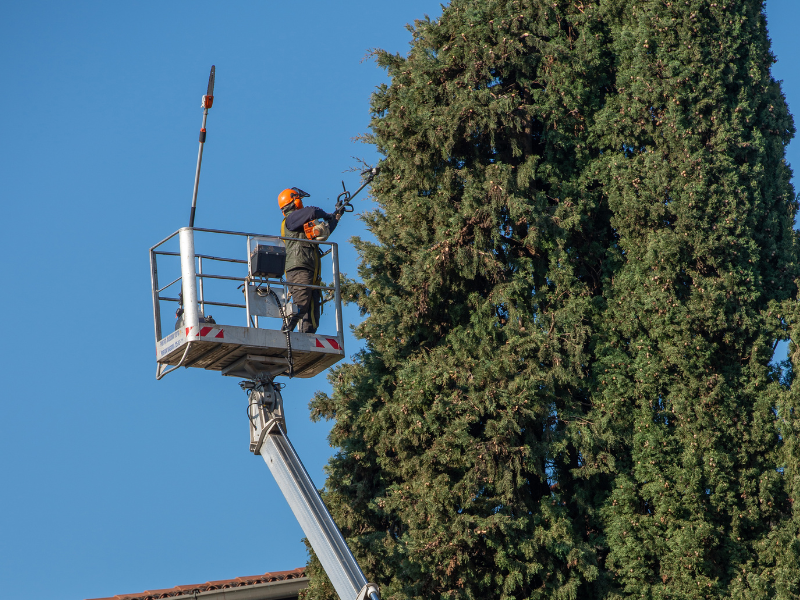
Throughout the majority of engineering machinery both domestically and internationally, hydraulic systems are commonly used for power transmission and motion control. Monitoring the internal pressure of hydraulic pipelines has emerged as a crucial factor in guaranteeing the safety of construction machinery operations.
For example, in the luffing mechanism, hydraulic drive systems are used to provide power, enabling variations in hydraulic cylinder internal fluid pressure. This causes the piston of the hydraulic cylinder to extend or retract, thereby altering the height or direction of the boom or working platform. Sensor and controller equipment are often paired with hydraulic drive systems to achieve automated control and precise position adjustment.
This application takes the hydraulic cylinder, the execution unit in the luffing system, as an example to introduce.
Application Scenario
In the hydraulic loop of the luffing cylinder, it is necessary to install a pressure sensor to monitor the internal pressure of the hydraulic oil loop. Once the internal pressure of the luffing cylinder exceeds the standard limit, it may result in the inability of the luffing cylinder to function properly or even cause safety accidents.
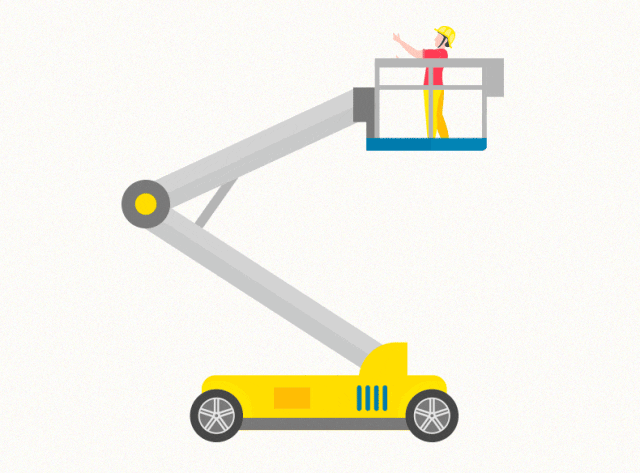
Therefore, in practical applications, it is generally recommended to install a pressure sensor on the hydraulic oil circuit of the luffing cylinder and use the voltage or current output signal to monitor the internal pressure of the hydraulic cylinder.
1. Peak Pressure: When the control spool moves suddenly, a peak pressure several times higher than the operating pressure of the system will be formed within a very short period of time. When applied to construction machinery, such extreme conditions can easily lead to damage to the pressure sensors.
2. Pressure Pulsation: Hydraulic pumps generate continuous pressure pulsation, which can easily cause damage to the sensors when they operate for long periods of time.
Recommended Products
According to the features and pressure requirements of the luffing hydraulic system, it is recommended to use MPM4511/MPM4511A Silicon Micro-fusedPressure Transmitter of Micro Sensor :
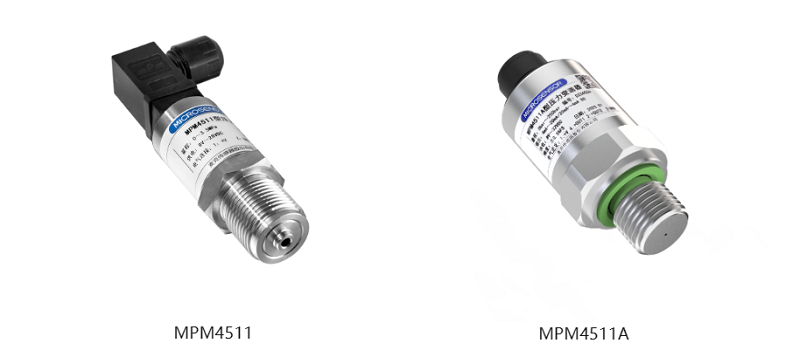
• High Range: Stainless steel integrated pressure sensing diaphragm, applicable to a wide range of operating conditions (customized range based on applications).
• High Overload: 2 to 5 times overload, up to 5 times burst pressure, effectively resisting instantaneous pressure shocks.
• No Leakage: No O-ring inside, integrated material, no risk of welding breakage, no risk of leakage.
• Complicated Condition: Wide temperature range, applicable to -40°C~125°C; anti-vibration and shock resistance.
• Small Size, Customizable: Customized design according to demand, and mass-produced.
Specifications
● Range: 0bar~16bar…1000bar/0bar~16bar…350bar
● Pressure Type: Gauge, Sealed Gauge
● Accuracy: ≤±0.5%FS (@25℃)
● Vibration: 20g, 20Hz~2000Hz (GB/T2423.10/IEC60068-2-6)
● Shock: 100g, 6ms (GB/T2423.5/IEC60068-2-27)
● Certifications: CE, UKCA, RoHS
● IP Rating: IP65/ IP67
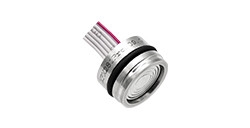

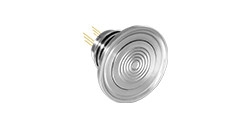

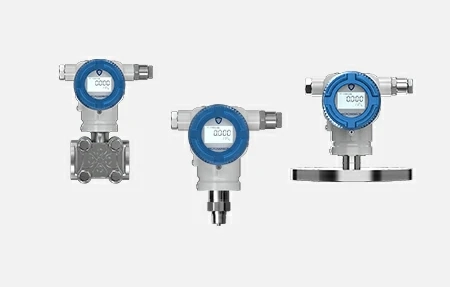

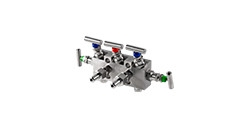
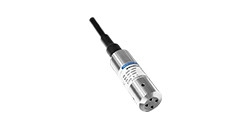
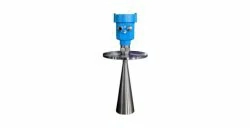


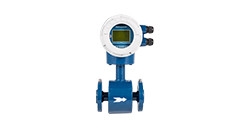
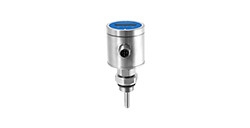

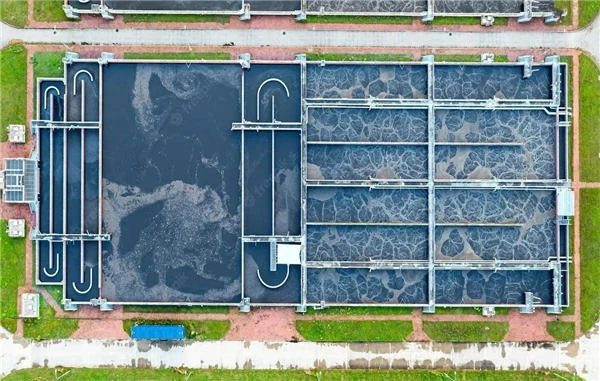
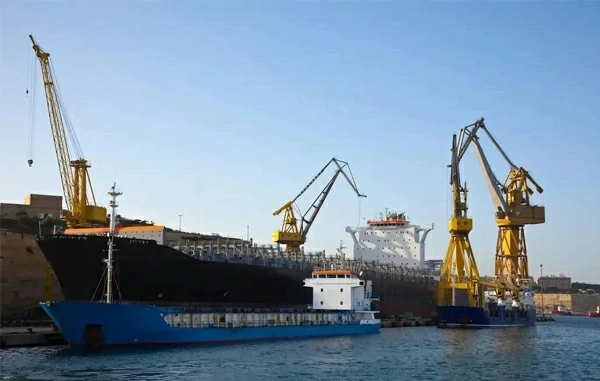
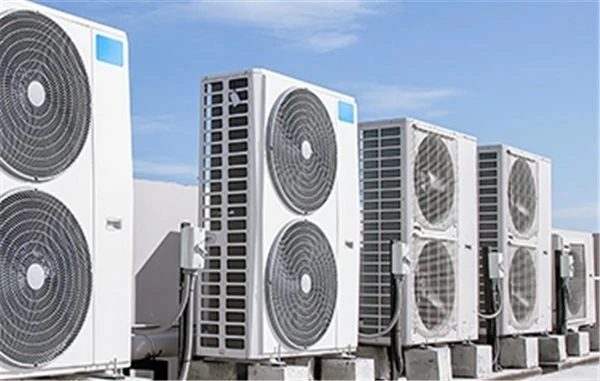

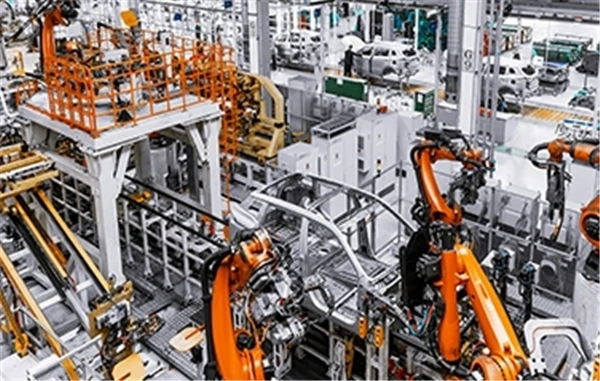
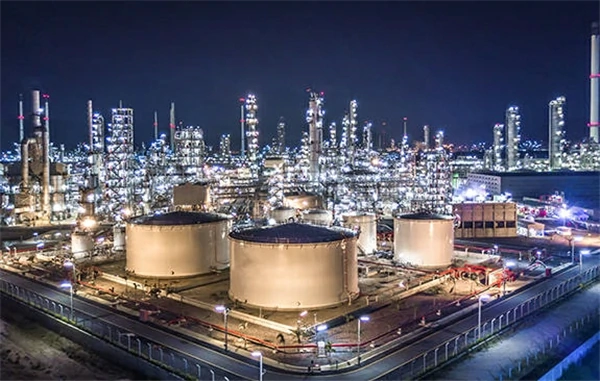
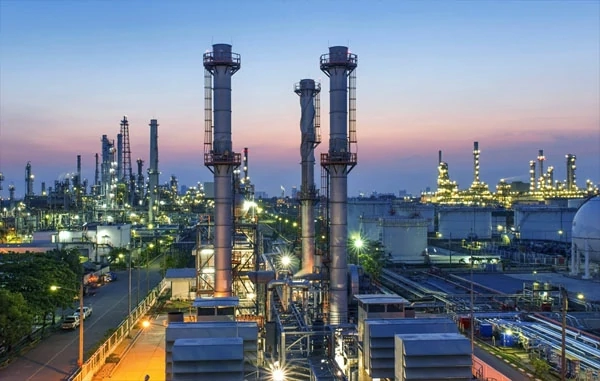
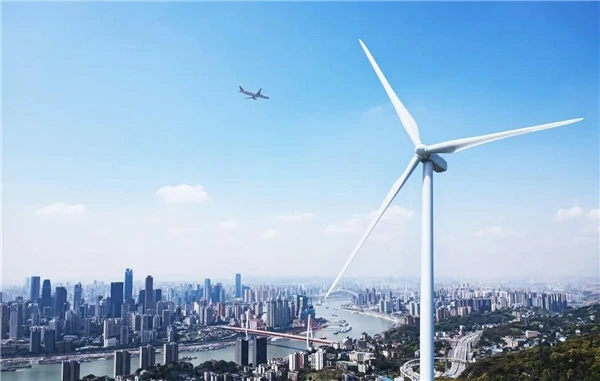
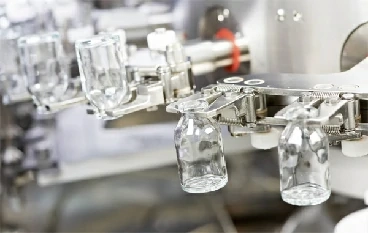
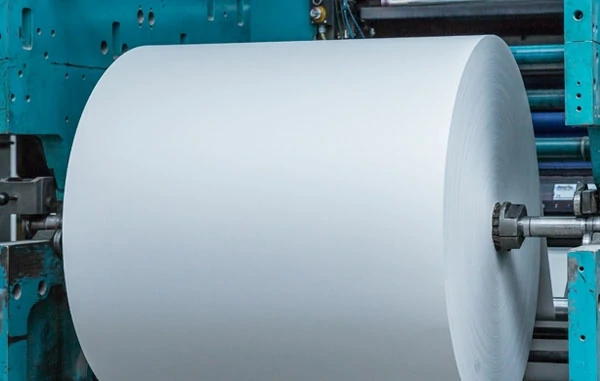
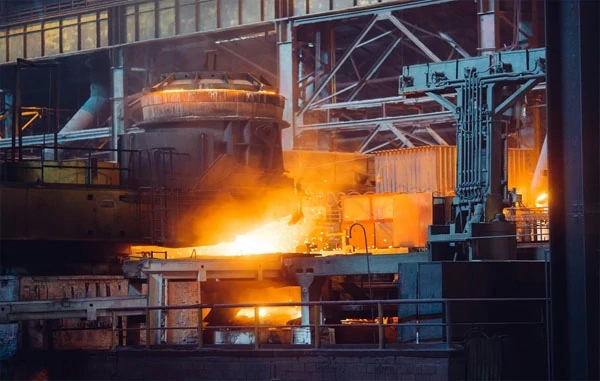
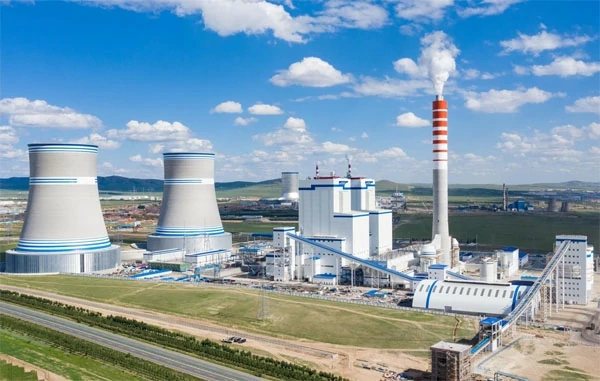
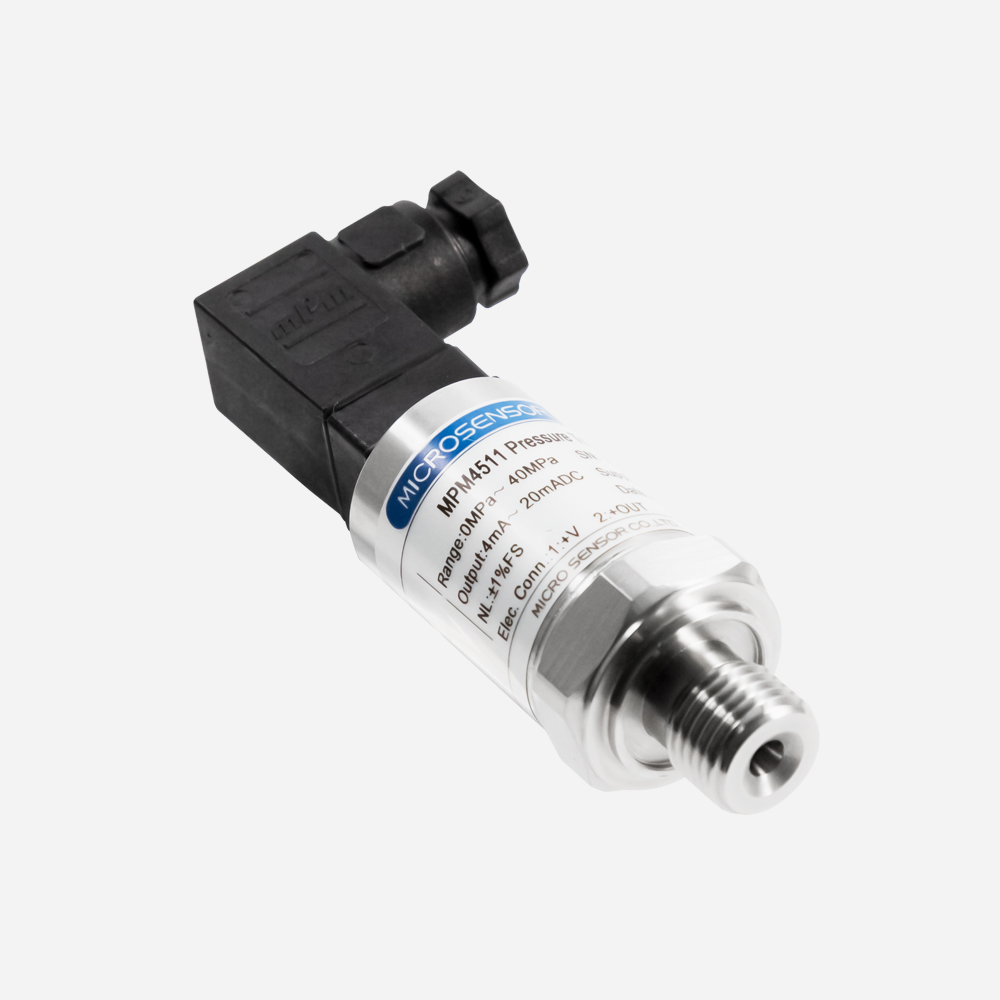
 Copyright © 2025 MICRO SENSOR CO., LTD
Copyright © 2025 MICRO SENSOR CO., LTD



